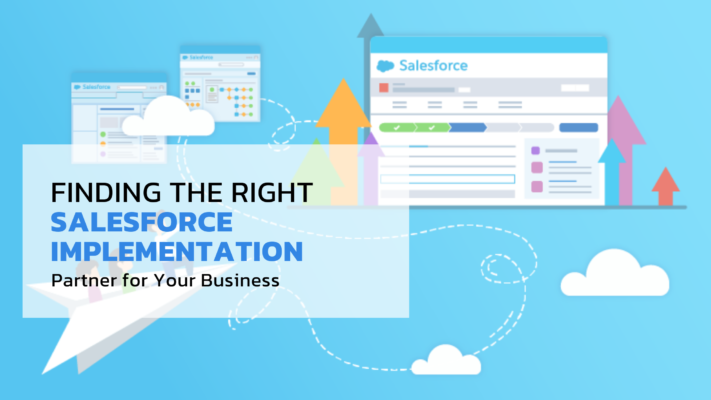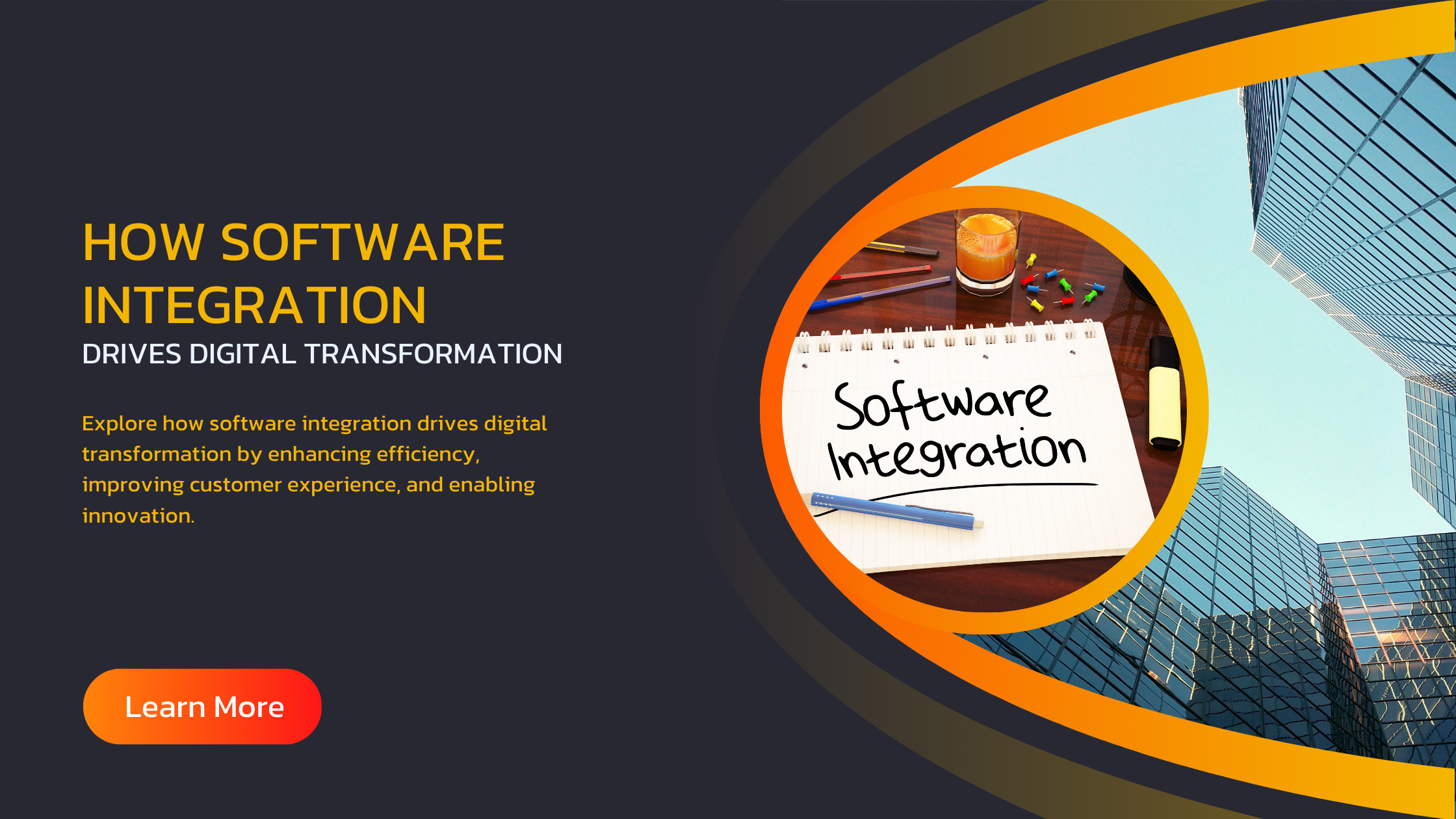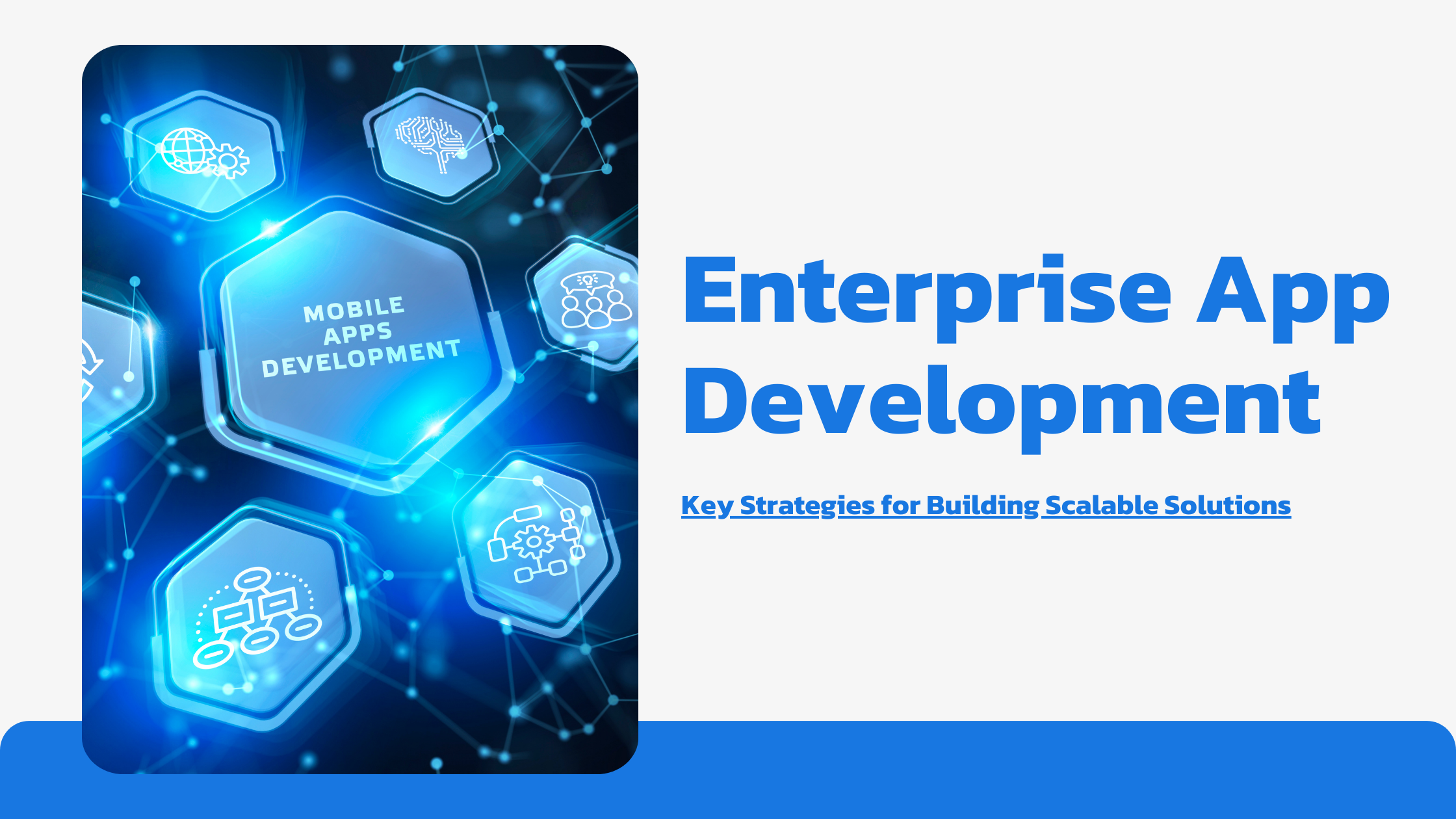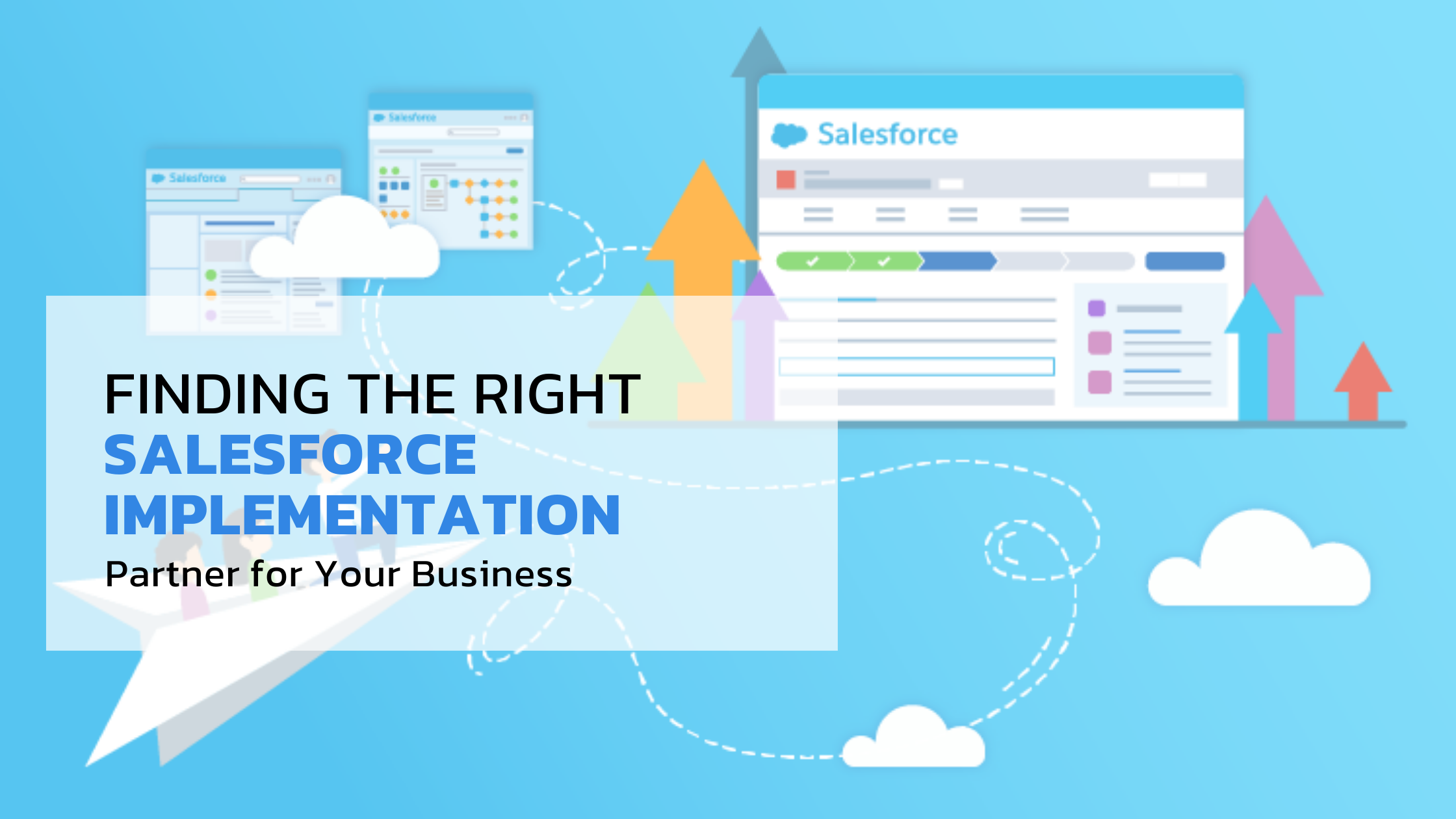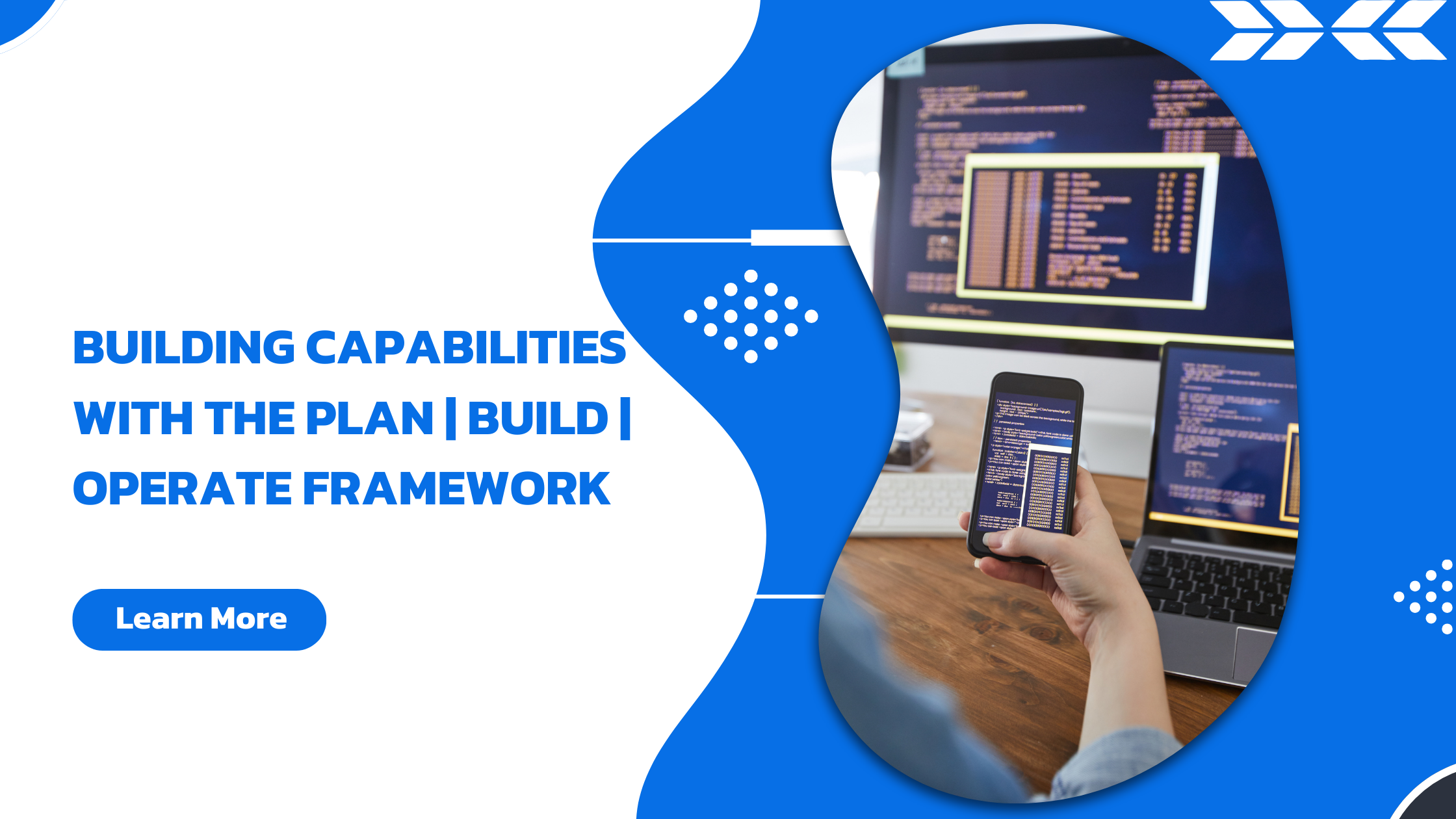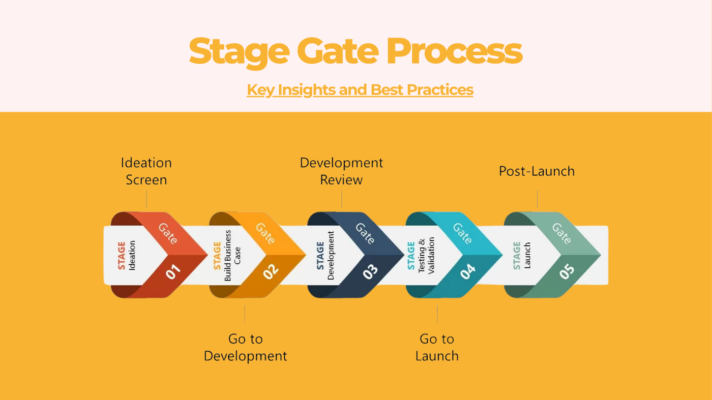
The Stage Gate Process, also known as the Phase-Gate Model or Stage-Gate Innovation Process, is a project management technique used to guide products from idea to launch. Developed by Dr. Robert G. Cooper in the 1980s, the Stage Gate Process has become a standard in many industries for managing new product development (NPD) and innovation projects.
At its core, the Stage Gate Process divides the product development journey into distinct stages, each followed by a decision gate. These gates serve as checkpoints where projects are evaluated based on predetermined criteria, and decisions are made about whether to proceed, redirect, or terminate the project.
The Stages of the Stage Gate Process
The typical Stage Gate Process consists of five stages and five gates, although the exact number can vary depending on the organization and the complexity of the project. Let’s explore each stage in detail:
1. Idea Generation (Discovery)
The first stage of the Stage Gate Process focuses on generating and capturing new product ideas. This stage is often referred to as the “fuzzy front end” of innovation because it involves exploring various possibilities and potential opportunities.
Key activities in this stage include:
– Brainstorming sessions
– Market research
– Customer feedback analysis
– Technology scouting
– Competitive analysis
Gate 1: Idea Screen
At this gate, ideas are evaluated based on their alignment with company strategy, market potential, and technical feasibility. Only the most promising ideas move forward to the next stage.
2. Scoping (Preliminary Investigation)
In the scoping stage, the selected ideas undergo a quick, inexpensive preliminary investigation to assess their potential further.
Key activities in this stage include:
– Preliminary market assessment
– Initial technical feasibility study
– High-level financial analysis
– Preliminary concept testing
Gate 2: Second Screen
Projects are evaluated based on more detailed criteria, including market attractiveness, competitive advantage, and alignment with core competencies.
3. Build Business Case
This stage involves a deep dive into the project’s viability, resulting in a detailed business case that will guide the development process.
Key activities in this stage include:
– Detailed market analysis
– Competitive landscape assessment
– Comprehensive technical feasibility study
– Detailed financial projections
– Product definition and value proposition
Gate 3: Go to Development
This is a critical decision point in the Stage Gate Process. Based on the business case, management decides whether to invest significant resources in the project’s development.
4. Development
The development stage is where the actual product creation takes place. This stage often consumes the most time and resources in the Stage Gate Process.
Key activities in this stage include:
– Product design and engineering
– Prototype development
– Testing and validation
– Production planning
– Marketing and launch plan development
Gate 4: Go to Testing
At this gate, the progress of the development is reviewed, and a decision is made on whether the product is ready for testing.
5. Testing and Validation
In this stage, the product undergoes rigorous testing to validate its performance, market acceptance, and production process.
Key activities in this stage include:
– In-house product testing
– Customer field trials
– Production process testing
– Market testing (if applicable)
– Financial analysis refinement
Gate 5: Go to Launch
The final gate in the Stage Gate Process determines whether the product is ready for full commercialization.
6. Launch
The launch stage focuses on fully commercializing the product and bringing it to market.
Key activities in this stage include:
– Production ramp-up
– Marketing campaign execution
– Sales force training
– Distribution channel activation
– Customer support preparation
Post-Launch Review
While not a formal stage in the Stage Gate Process, many organizations include a post-launch review to assess the product’s performance and gather lessons learned for future projects.
Benefits
The Stage Gate Process offers numerous benefits to organizations that implement it effectively:
1. Risk Reduction
By breaking the product development process into stages and incorporating regular evaluation points, the Stage Gate Process helps organizations identify and mitigate risks early in the development cycle.
2. Improved Decision-Making
The gate reviews provide structured decision points where projects can be objectively evaluated based on predefined criteria, leading to more informed and consistent decision-making.
3. Faster Time-to-Market
The Stage Gate Process helps streamline product development by eliminating weak projects early and focusing resources on the most promising opportunities.
4. Enhanced Cross-Functional Collaboration
The process encourages collaboration between different departments, fostering a holistic approach to product development.
5. Increased Success Rates
Organizations that effectively implement the Stage Gate Process often see higher success rates for their new product launches.
6. Better Resource Allocation
By prioritizing projects at each gate, companies can allocate their resources more efficiently, focusing on the most valuable opportunities.
7. Improved Project Visibility
The Stage Gate Process provides a clear roadmap for product development, enhancing project visibility and making it easier to track progress.
Best Practices
To maximize the benefits of the Stage Gate Process, organizations should consider the following best practices:
1. Customize the Process
While the Stage Gate Process provides a solid framework, it’s essential to tailor it to your organization’s specific needs, industry, and product types. Some projects may require more or fewer stages, while others might benefit from a more flexible approach.
2. Define Clear Criteria for Each Gate
Establish specific, measurable criteria for evaluating projects at each gate. These criteria should align with your organization’s strategic objectives and be consistently applied across all projects.
3. Empower Gate Keepers
Assign experienced, cross-functional teams to serve as gatekeepers. These individuals should have the authority to make go/kill decisions and the expertise to provide valuable feedback.
4. Foster a Culture of Innovation
The Stage Gate Process should not stifle creativity. Encourage innovative thinking throughout the process and provide mechanisms for capturing and evaluating new ideas that emerge during development.
5. Implement a Robust Project Management System
Use project management software to track progress, manage resources, and facilitate communication throughout the Stage Gate Process.
6. Emphasize Customer Input
Incorporate customer feedback at every stage of the process. This customer-centric approach helps ensure that the final product meets market needs and expectations.
7. Conduct Regular Training
Provide ongoing training to all team members involved in the Stage Gate Process to ensure they understand their roles, responsibilities, and the overall objectives of the process.
8. Balance Flexibility and Discipline
While it’s important to adhere to the Stage Gate Process, allow for some flexibility to accommodate unexpected opportunities or challenges that may arise during product development.
9. Continuously Improve the Process
Regularly review and refine your Stage Gate Process based on lessons learned from completed projects and evolving best practices in your industry.
10. Integrate with Portfolio Management
Align the Stage Gate Process with your organization’s portfolio management practices to ensure that resources are allocated to the most strategically important projects.
Common Challenges in Implementation
While the Stage Gate Process offers numerous benefits, organizations may face challenges when implementing or executing the process:
1. Resistance to Change
Employees may resist adopting the Stage Gate Process, especially if it represents a significant departure from existing practices. Address this challenge through effective change management and clear communication of the benefits.
2. Bureaucracy and Inflexibility
If not managed properly, the Stage Gate Process can become overly bureaucratic, slowing down development. Strive for a balance between thoroughness and agility.
3. Misalignment with Agile Methodologies
Some organizations struggle to reconcile the Stage Gate Process with Agile software development methodologies. Consider adopting a hybrid approach that combines elements of both systems.
4. Insufficient Resources for Gate Reviews
Conducting thorough gate reviews requires time and expertise. Ensure that adequate resources are allocated to support the evaluation process at each gate.
5. Lack of Executive Support
Without strong support from top management, the Stage-Gate Process may not be fully embraced or consistently applied across the organization.
6. Difficulty in Killing Projects
Organizations may struggle to terminate projects that fail to meet gate criteria, especially if significant resources have already been invested. Foster a culture that values learning from failures and redirecting resources to more promising opportunities.
7. Overemphasis on Financial Metrics
While financial projections are important, avoid relying too heavily on financial metrics at the expense of other critical factors such as strategic fit and long-term potential.
8. Poor Information Quality
The effectiveness of gate decisions depends on the quality of information available. Invest in robust data collection and analysis capabilities to support informed decision-making.
9. Lack of Cross-Functional Alignment
Silos between departments can hinder the successful implementation of the Stage-Gate Process. Promote cross-functional collaboration and communication throughout the product development journey.
10. Failure to Adapt to Market Changes
The Stage-Gate Process should be flexible enough to accommodate rapid market changes or emerging opportunities. Regularly reassess project assumptions and be prepared to pivot when necessary.
The Stage Gate Process in Different Industries
While the Stage-Gate Process was initially developed for manufacturing and consumer goods industries, it has been adapted and applied across various sectors. Let’s explore how the Stage Gate Process is utilized in different industries:
1. Pharmaceutical and Biotechnology
In the pharmaceutical industry, the Stage-Gate Process is often extended to include additional stages for clinical trials and regulatory approval. The process helps manage the high risks and long development cycles associated with drug development.
2. Software and Technology
Many software companies have adapted the Stage-Gate Process to fit their agile development methodologies. This hybrid approach, sometimes called “Agile-Stage-Gate,” combines the structure of the Stage-Gate Process with the flexibility of Agile methods.
3. Automotive
Automotive companies use the Stage-Gate Process to manage the complex development of new vehicle models. The process helps coordinate the efforts of numerous suppliers and internal teams involved in vehicle design and production.
4. Aerospace and Defense
In the aerospace industry, the Stage-Gate Process is often integrated with systems engineering processes to manage the development of complex, high-risk projects with long lifecycles.
5. Consumer Electronics
Companies in the consumer electronics sector use the Stage-Gate Process to manage rapid product development cycles and stay competitive in a fast-paced market.
6. Financial Services
Financial institutions have adapted the Stage-Gate Process for new product development, such as creating innovative financial instruments or digital banking services.
7. Energy and Utilities
Energy companies use the Stage-Gate Process to manage large-scale infrastructure projects and the development of new energy technologies.
Measuring the Success of Your Stage Gate Process
To ensure that your Stage Gate Process is delivering value, it’s crucial to establish key performance indicators (KPIs) and regularly assess the effectiveness of the process. Here are some metrics to consider:
1. New Product Success Rate
Track the percentage of products that achieve commercial success after launch.
2. Time-to-Market
Measure the average time it takes for products to move from idea generation to market launch.
3. Resource Efficiency
Assess how effectively resources are being allocated across the product development portfolio.
4. Return on Innovation Investment (ROI2)
Calculate the return on investment for your entire innovation program, including successful and unsuccessful projects.
5. Portfolio Balance
Evaluate the mix of projects in your development pipeline in terms of risk, potential reward, and strategic alignment.
6. Customer Satisfaction
Measure customer satisfaction with new products launched through the Stage-Gate Process.
7. Revenue from New Products
Track the percentage of revenue generated by products launched within the past 3-5 years.
8. Gate Effectiveness
Assess the quality of gate decisions by tracking the number of projects that are redirected or terminated at each gate.
9. Cycle Time Reduction
Monitor improvements in the time it takes to complete each stage of the process.
10. Innovation Culture
Measure employee engagement and satisfaction with the innovation process.
The Future of the Stage Gate Process
As business environments continue to evolve, the Stage-Gate Process is adapting to meet new challenges and opportunities. Here are some trends shaping the future of the Stage Gate Process:
1. Increased Agility
Many organizations are adopting more flexible versions of the Stage-Gate Process that allow for rapid iteration and pivoting in response to market feedback.
2. Integration with Digital Technologies
Advanced analytics, artificial intelligence, and machine learning are being integrated into the Stage Gate Process to improve decision-making and accelerate product development.
3. Focus on Sustainability
Environmental and social considerations are becoming increasingly important in gate decisions, reflecting growing consumer and regulatory demands for sustainable products.
4. Open Innovation
The Stage-Gate Process is being adapted to accommodate open innovation models, where companies collaborate with external partners throughout the development process.
5. Customer-Centric Approaches
There’s a growing emphasis on incorporating customer feedback and co-creation throughout the Stage-Gate Process, rather than just at specific stages.
6. Global and Virtual Teams
As product development becomes increasingly global, the Stage-Gate Process is evolving to support distributed teams and virtual collaboration.
7. Continuous Innovation
Some organizations are moving towards a continuous innovation model, where the Stage-Gate Process is applied to ongoing product improvement rather than just new product development.
Conclusion
The Stage Gate Process remains a powerful tool for managing product development and innovation in today’s competitive business landscape. By providing a structured approach to moving ideas from concept to market, the Stage Gate Process helps organizations reduce risk, improve decision-making, and increase the likelihood of launching successful products.
To fully leverage the benefits of the Stage-Gate Process, organizations must be willing to adapt the model to their specific needs, foster a culture of innovation, and continuously refine their approach based on lessons learned and evolving best practices.
As we look to the future, the Stage Gate Process will continue to evolve, incorporating new technologies and methodologies to meet the challenges of an increasingly complex and fast-paced business environment. Organizations that can effectively implement and adapt the Stage-Gate Process will be well-positioned to drive innovation and maintain a competitive edge in their respective industries.
For more information on how to implement the Stage Gate Process effectively in your organization or to explore other innovative product development methodologies, visit Upcore Technologies. Our team of experts can help you tailor the Stage Gate Process to your specific needs and guide you through the implementation process, ensuring that you maximize the benefits of this powerful innovation management tool.


